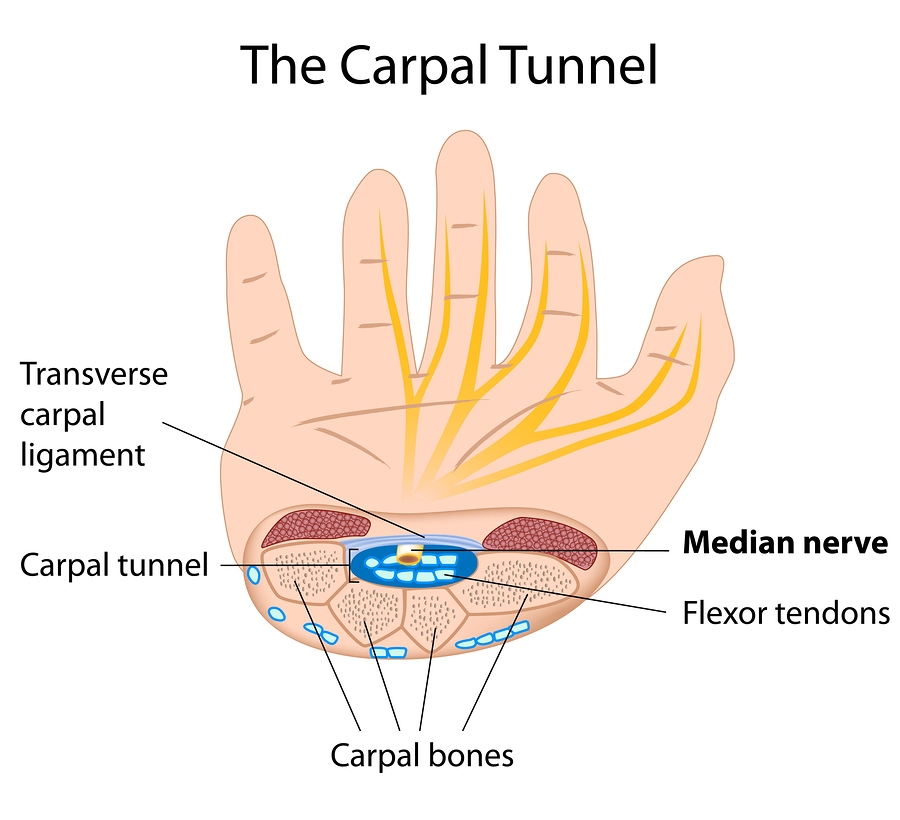CARPAL TUNNEL RELEASE
Endoscopic Carpal Tunnel Release (ECTR) refers to a method of performing carpal tunnel release surgery using an endoscope or an arthroscopic device.
For ECTR or any carpal tunnel release surgery while there are many different blades and techniques the primary goal is to release the transverse carpal ligament (TCL) that overlies and compresses the median nerve within the carpal tunnel. It is this compression on the median nerve that leads to the characteristic ‘pins and needles’ paresthesia in the thumb, index, long and ring fingers. The primary benefit of endoscopic releases versus traditional open carpal tunnel release is often perceived to be the smaller incision size. ECTR incisions are commonly less than 1 cm (0.39 in) compared to a 2–4 in (51–100 mm) longitudinal incision with a traditional carpal tunnel release.

